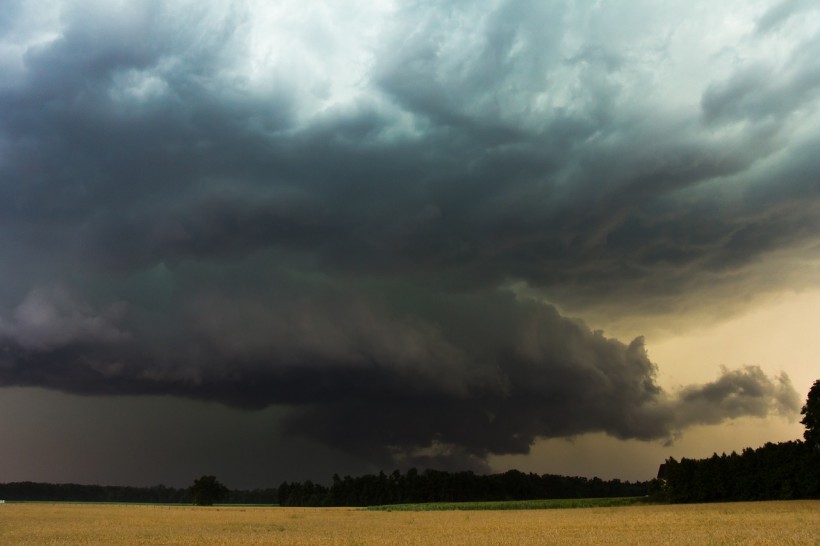Severe thunderstorms are threatening parts of the United States from Tuesday, September 19. The National Weather Service (NWS) issued a severe thunderstorm alert for the Southern Great Plains, which includes the states of Kansas, Oklahoma, and Texas.
Based on the latest US weather forecast, the main threats can be heavy rain and flooding, as well as damaging winds, large hail, and even isolated tornadoes.
The severe weather threat comes after the NWS last week issued a cold front forecast in the northern part of the country. It also follows several weeks of intense heat during the 2023 summer season and coincides with the recent passage of Hurricane Lee off the US East Coast.
Earlier this year, severe storms and tornadoes struck the states of Arkansas and Indiana in the US Midwest, with at least three people killed.
Severe Thunderstorm Alert

The NWS at 4:00 a.m. EDT (local time) on Tuesday issued its short-range forecast along with the severe thunderstorm alert, which is valid until Thursday, September 21. Under the weather alert, an active Tuesday is expected across the Southern Great Plains where the threat of torrential rainfall and scattered flash flooding are possible, according to the weather service.
The looming severe storms are caused by an "upper-level shortwave" coming from the Rocky Mountains and the shortwave will interact with a warm front and moisture from the Gulf of Mexico.
This process then adds fuel to the thunderstorm system. Based on the alert, thunderstorm development in the region may occur by Tuesday afternoon. This adverse weather condition will continue until Tuesday evening, according to the US weather agency.
Also Read: Severe Thunderstorm Warnings Issued for New Zealand [Weather Forecast]
Severe Weather Risk
The NWS cited that the Storm Prediction Center issued a 'Slight Risk of Severe Weather" with a level 2 risk out of a 5-tier scale for northwest Texas and Oklahoma. The severe weather risk implies damaging gusty winds and large hail will be possible during the said period. Raging floodwaters are also possible, especially in low-lying areas and those near in inland bodies of water.
The weather agency adds that the coverage and intensity of the severe thunderstorm will lessen by Wednesday, September 20, as the upper-level shortwave will depart from the US East Coast.
In terms of disruption, the said weather hazards may cause power outages and travel disruption in the coming hours.
US Thunderstorms
According to the NWS, thunderstorms affect small areas compared with hurricanes and winter storms; with a typical thunderstorm to be 15 miles in diameters and with an average duration of 30 minutes. Worldwide, almost 1,800 thunderstorms are occurring at any moment.
The weather agency warns that all thunderstorms are dangerous, despite their small size. For instance, each thunderstorm produces lightning, which kills more people each year than tornadoes. These thunderstorm hazards are in addition to the other risks mentioned earlier.
In the US alone, the agency estimates that 100,000 thunderstorms occur nationwide each year.
Related Article: Severe Thunderstorm Threatens Central, Eastern US During First Week of Spring [Weather Forecast]
© 2024 NatureWorldNews.com All rights reserved. Do not reproduce without permission.

![Tsunami Hazard Zones: New US Map Shows Places at Risk of Flooding and Tsunamis Amid Rising Sea Levels [NOAA]](https://1471793142.rsc.cdn77.org/data/thumbs/full/70325/280/157/50/40/tsunami-hazard-zones-new-us-map-shows-places-at-risk-of-flooding-and-tsunamis-amid-rising-sea-levels-noaa.jpg)



